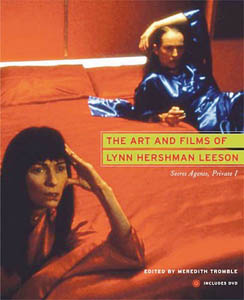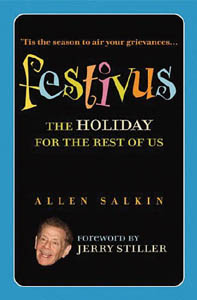![[Metroactive Books]](/books/gifs/books468.gif)
[ Books Index | Silicon Valley | Metroactive Home | Archives ]
—Michael S. Gant
[ Silicon Valley | Metroactive Home | Archives ]
Copyright © 2006 Metro Publishing Inc. Metroactive is affiliated with the Boulevards Network.
For more information about the San Jose/Silicon Valley area, visit sanjose.com.
![]()
Book Box

The Art and Films of Lynn Hershman Leeson: Secret Agents, Private I
Before she took over Narnia, Tilda Swinton was burnishing her art-world chops in two groundbreaking experimental films by Bay Area artist Lynn Hershman Leeson: Conceiving Ada (1997) and Teknolust (2002). In the former, Swinton plays Ada, Countess of Lovelace, a 19th-century inventor who designed a mechanical calculator that was a precursor to the computer; in the latter, she stars as Dr. Rosetta Stone and the three color-coded automatons fashioned from the good doctor's DNA. The films' innovative use of computer-aided images and real-time blue-screen backgrounds mark the culmination of Hershman Leeson's career as a leading "new media" artist. Long before DVDs, the artist pioneered site-specific installations (including the early-'70s Dante Hotel, a room in a seedy San Francisco hotel complete with two wax dummies and the artifacts of their imaginary lives, open 24/7 for nine months until the police were called by someone who thought it was a real murder scene), interactive videodisc projects, touch-screen art pieces and robotic, networked sculptures. As just one indication of Hershman Leeson's prescience, in the '70s she created a fully fleshed doppelgänger, Roberta Breitmore, long before Cindy Sherman's "self-as-fake" photo portraits and Laurie Long's Dating Surveillance Project (see this year at the San Jose Museum of Art). As preserved in photo-documents, Roberta became a virtual San Franciscan, complete with a driver's license, a checking account and unwitting roommates and real-life adventures, among them an encounter with a prostitution ring. The book includes useful historical details about Hershman Leeson's many projects, a dozen critical essays about her influence on today's cyberartists and, best of all, an accompanying DVD that gives the reader a sampling of the artist's visual strategies, including Swinton in triplicate. (Edited by Meredith Tromble; UC Press; 230 pages, plus DVD; $24.95 paper)

Festivus: The Holiday for the Rest of Us
Now that the so-called "real" holidays are over, it's time to celebrate the greatest of manufactured holidays (at least since the card companies invented Mother's Day): Festivus. Seinfeld fans will remember the episode in which Frank Costanza relates a tale of Christmastime toy-store terror while shopping for a doll for George: "As I rained blows upon [another shopper], I realized there had to be another way." And so, a Festivus for the rest of us was born, complete with aluminum pole, feats of strength and airing of grievances (which, come to think of it, are often a part of the other holidays). Festivus has made the leap from fictional to factual, as documented in words, pictures, cartoons and recipes in Allen Salkin's funny little book (a real stocking stuffer, if Festivus called for stockings, instead of sockings). Around the country, people are erecting aluminum poles, creating new culinary traditions ("Ham With Junior Mint and Snapple Glaze," "Crushed Spirits"), airing grievances ("Watching other people being told what disappointments they are can be fun") and naming their cats Festivus. With luck, the fun can continue unabated until Bill O'Reilly and the gang wise up and declare War on Festivus. (By Allen Salkin; Warner Books; 132 pages; $14.95 cloth)
Send a letter to the editor about this story to letters@metronews.com.
From the January 4-10, 2006 issue of Metro, Silicon Valley's Weekly Newspaper.